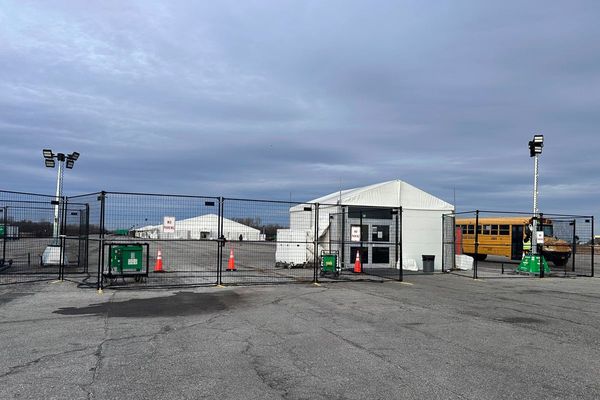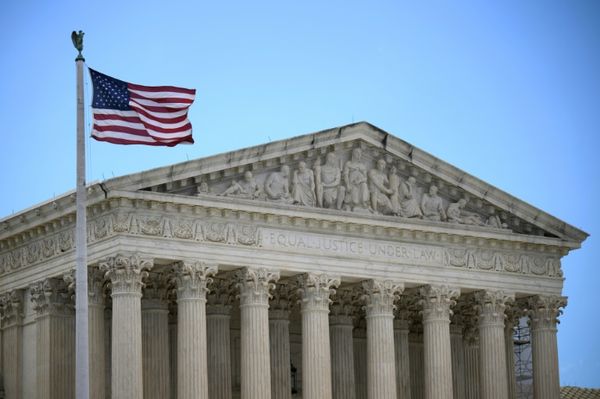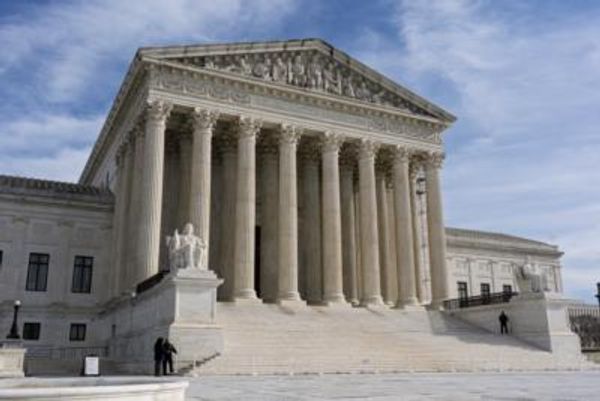
A year after President Donald Trump was elected, Robinson Meyer, a staff writer for the Atlantic, observed that, although Democrats had become the party of climate action, they didn’t seem to have a clear plan for what to actually do about the problem. “This is true at almost every level of the policymaking process,” Meyer wrote. The party “does not have a consensus bill on the issue waiting in the wings; it does not have a shared vision for what that bill could look like; and it does not have a guiding slogan—like ‘Medicare for all’—to express how it wants to stop global warming.”
Three years later, Democrats have a slogan. And they have a plan. Or, more accurately, they have many plans, all organized around similar themes. The party’s rhetoric about climate change remains apocalyptic and its solutions are sweeping. But in important ways—from a shift away from carbon pricing toward public investment, to a new openness to nuclear energy and carbon capture—the evolving Democratic climate agenda represents a significant break from the past, one that is more pragmatic than the rhetoric often suggests.
Congresswoman Alexandria Ocasio-Cortez coined the term “Green New Deal” during her underdog run for Congress in 2018. With Senator Bernie Sanders, she introduced the first Green New Deal non-binding proposal early last year. The resolution, which offered mostly encouraging language about jobs, climate change, and health care, went down in defeat, 58-0, in the Senate after Republicans forced Democrats to vote on it. Most voted “present” to avoid recording an opinion on a resolution that had no force of law but plenty of electoral downsides.
As primary season rolled around, the Democratic presidential aspirants spent the interminable months leading up to the Iowa primary one-upping each other with increasingly ambitious versions of a Green New Deal—ambitions mostly measured by who could hang the biggest price tag on their proposal. Washington Governor Jay Inslee, the climate candidate, opened the bidding with a proposed $9 trillion plan. Senator Elizabeth Warren, the policy wonk, proposed $3 trillion. A week later, she endorsed Inslee’s plan as well. Senator Kamala Harris proposed $10 trillion. Finally, Sanders put an end to the bidding war, declaring he’d spend a preposterous $16 trillion over 15 years to cut emissions to zero and give everyone free electricity.
There was one non-participant in the bidding: Joe Biden. Biden initially proposed to spend $1.7 trillion, which he explicitly branded as moderate. In response to jeers from the party’s progressive and environmental wings, he upped his ante to a still comparatively modest $2 trillion.
In the months since Biden clinched the nomination, still more plans have flowed forth, now oriented toward the imperatives of winning a general election. In June, the House Select Committee on Climate Change released its plan proposing a national clean electricity standard, heavy subsidies for electric vehicles, and major investments in R&D for low carbon manufacturing and industry. A few weeks later, the Biden campaign released its “Build Back Better” initiative promising to address climate change through massive investments in the United States’ post-COVID-19 economic recovery. Build Back Better pledged $1.7 trillion over ten years for everything from an America First manufacturing program to massive investment in infrastructure to technological innovation.
Although the details vary, all of the these plans share several features that suggest that Democrats, should they win power in November, are likely to break with a number of long-held environmental orthodoxies that have hamstrung legislative efforts politically and undermined the efficacy of proposed policies practically.
Consider the economy. Since the early years of the Obama administration, Democrats have understood that climate action needed to create jobs and economic growth. But long-standing commitments to the environmental community’s regulatory agenda have rendered that effort more rhetorical than actual. Democrats did include almost $100 billion in investments in clean energy and related technologies in stimulus and economic recovery programs through the American Recovery and Reinvestment Act (ARRA) of 2009. But back then, ARRA was mistakenly expected to be mere prelude to the passage of an economy-wide carbon cap-and-trade program. It wasn’t. Efforts by proponents to sell the Democratic cap and trade proposal as a jobs program were simply not credible.
In 2021, by contrast, the stimulus and recovery will be the main event. The new Democratic proposals call for trillions, not billions, in investments in clean energy technology, infrastructure, research and development, and tax incentives—all meant to get the economy moving again while transitioning it toward a low carbon future.
Following from this first break with environmental orthodoxy, carbon pricing doesn’t prominently feature in any of the recent plans. That shift matters. Since climate change emerged as an environmental issue in the early 1990s, pricing carbon—either through an emissions trading program or a carbon tax—has been central to both Democratic and environmental strategies for addressing the issue. This remained the case as recently as 2016, when Sanders forced presidential candidate Hillary Clinton to include a carbon tax in the Democratic platform.
But since Trump’s election, and especially after Ocasio-Cortez’s groundbreaking campaign in 2018, many progressives have soured on carbon pricing, which they view as, at best, insufficient to deeply and rapidly cut emissions and, at worst, market-worshipping “green neoliberalism” that enriches corporations while shifting the costs of climate action to working people. The Democratic leadership seems happy to oblige the progressives here. After losing congressional majorities in 1994 and 2010 following attempts to pass a tax on emissions and cap and trade legislation, respectively, neither House Speaker Nancy Pelosi nor Senate Minority Leader Chuck Schumer appear interested in asking their members to walk that plank again. Neither Biden’s earlier primary plan, his subsequent unity plan with Sanders, nor the Build Back Better program makes any mention of carbon pricing.
The final long-standing doctrine to fall is the idea that U.S. and global emissions can be deeply cut with wind and solar energy alone. Much of the industrial, manufacturing, and transportation sectors—and almost the entirety of the agriculture sector—are difficult to electrify, particularly with intermittent renewable energy. In turn, there has been growing acknowledgement among centrist and even progressive Democrats that both advanced nuclear energy and carbon capture and storage are likely to be necessary. In both the Biden-Sanders Unity Plan and the House Select Committee on Climate Change plan, Democrats call for substantial direct support for these technologies and treat them as being on par with wind and solar energy in a proposed Federal Clean Energy Standard.
As the new Democratic climate agenda has taken shape, it has sidelined many of the mainstream and well-established environmental groups that have traditionally set the terms of national policy debates. Instead, the evolving climate framework has been pioneered by a younger and more diverse cohort of progressives working outside of the institutional environmental movement and better connected to the party’s base and its broader ideological interests. These new climate activists have largely abandoned the “pollution paradigm,” which imagined that climate change could be addressed in the same way 1970s-era regulatory regimes reduced air and water pollution, and have instead embraced technology, infrastructure, innovation, industrial policy, and public investment.
Nonetheless, the old green ideology remains influential in other ways. Democrats continue to promote small scale and low productivity organic farming, now often rebadged as “regenerative agriculture,” as a climate solution, despite the fact that multiple studies have concluded that a large scale shift to organic farming would substantially increase greenhouse gas emissions from the agriculture sector. In response to this evidence, many environmental advocates have claimed that various practices associated with organic agriculture can sequester vast quantities of carbon in soil. These claims are, at best, speculative. But that hasn’t stopped Democrats in Congress from proposing massive subsidies in the form of tax incentives and emissions credits for carbon sequestered in soil.
The Democratic change of heart on nuclear energy has also not been matched by consistent policies to assure that nuclear will play a significant role in the United States’ future. At the behest of old guard environmental members, the House Select Committee plan includes a number of poison pills that would make it more difficult to continue operating existing nuclear plants and to license and site new advanced reactors.
More broadly, the shift of Democratic focus from shutting down fossil infrastructure to building clean infrastructure hasn’t been matched by a similar commitment to remove many of the regulatory obstacles that make it difficult to build new infrastructure in a timely and cost-effective fashion. Simply calling for new infrastructure, and even funding it, will not be enough.
Nonetheless, the long-term shift in the Democratic climate agenda is real, significant, and marks the decentering of the traditional environmental community from the politics of climate and clean energy. The environmental community’s long-standing climate regulatory agenda is dead. Its singular focus upon renewable energy is dying. Its old skepticism toward economic growth and industrial policy has been abandoned entirely in the wake of two deep economic shocks in barely more than a decade.
Since at least the turn of the century, it has been clear that those ideas—some of which underpinned the environmental movement’s greatest 20th-century accomplishments—were not up to the task of deeply cutting emissions: the biggest challenge for the 21st century. As Democrats look toward 2021, it appears Biden and leading Democrats in Congress have finally gotten the message.







